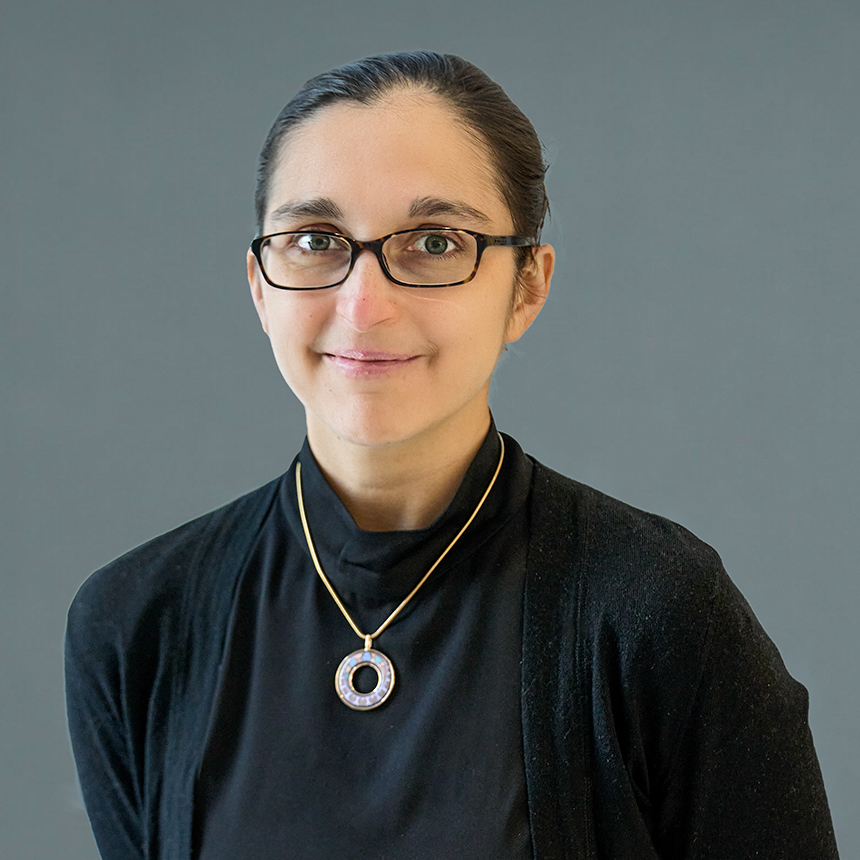Patients sensitized to circulating human leukocyte antigen (HLA) in need of a heart transplant face prolonged wait times, an elevated risk of dying while waiting, and they may not be listed at all.
Marlena Habal, MD, a heart failure specialist in NYU Langone Health’s Leon H. Charney Division of Cardiology, is engaged in translational research to understand the immunological challenges in thoracic transplant and how they can be overcome to desensitize patients.
Her research group has developed a protocol to kill bone marrow plasma cells, including those that secrete HLA-specific IgG antibodies in sensitized patients. The NYU Langone Transplant Institute has successfully performed one heart transplant using this protocol, and a patient awaiting a lung transplant will begin treatment in a few weeks.
The Demand for Desensitization
Physician Focus: Dr. Habal, your work is focused primarily on desensitizing heart transplant patients. Is the prevalence of HLA sensitization increasing in these patients? If so, what are the reasons?
Dr. Habal: When a heart failure patient is placed on the organ donor list, they may have been rejected many times before at various sites. Our goal is to see if we can get them ready for transplant by treating them with therapies that target the cells making the antibodies that can attack the donor organ. Our research is focused on providing a cellular description of what is happening.
“[We are] building a platform to better understand the underlying immunobiology so that in the future we can develop a precision protocol for each patient.”
Marlena Habal, MD
The challenge is these patients are becoming more complex. Many of them have had previous surgeries, which come with blood transfusions. This includes mechanical circulatory support, most commonly left ventricular assist devices (LVADs).
Millennials are the first group of adults that have survived complex congenital heart disease and received homografts for repair. That foreign tissue has often been there for 20 or 30 years causing extremely high levels of these antibodies—it’s rare that we can treat these patients.
Pregnancy is the most common sensitizing event, and why women are affected disproportionately. If you have a patient who’s had three previous pregnancies, an LVAD, and multiple blood transfusions, suddenly you can get very high levels of HLA antibodies.
Immune Response to Foreign Human Leukocyte Antigen
Physician Focus: Can you briefly describe how the immune response works in HLA sensitization and what is unique about your approach to desensitization?
Dr. Habal: Exposure to foreign HLA can initiate a complex set of immune reactions which results in a short-term “effector response”—driven by B cells and short-lived antibody-secreting cells, the production of long-lived bone marrow plasma cells that sustain antibody secretion over decades, and the establishment of B and T cell memory. As a result, HLA antibodies are either detectable or, in the absence of detectable HLA antibodies, the presence of cellular memory exists.
“The core rationale for our protocol is to target not only the plasma cells but also prohibit the B cells from getting out of control.”
The problem is the immune system is smart; it evolves. The cells that become plasma cells—B cells—will begin multiplying again. This is why we added a second agent, a costimulation blockade, to mitigate this response.
Physician Focus: How do you test for HLA antibodies? Are there any particular signals that you look for in those assays?
Dr. Habal: HLA antibody detection is most commonly done using the Luminex single antigen bead assay. What I’m interested in is how high the antibody levels are, and this requires a bit more work.
As an indirect measure of antibody levels, we work with an immunogeneticist to perform antibody titrations until we determine that the antibodies no longer exist. This helps us gauge how many cycles of desensitization will be needed.
Designing and Implementing the Protocol
Physician Focus: What is the core framework for your desensitization protocol and how do you adapt it for different patients?
Dr. Habal: Therapeutic decision-making must consider the patient’s specific needs. My group is building a platform to better understand the underlying immunobiology so that in the future we can develop a precision protocol for each patient.
The core rationale for our protocol is to target not only the plasma cells but also prohibit the B cells from getting out of control. We use a multi-drug regimen to target both arms of the immune response; this has been successful in allowing us to transplant several highly sensitized patients.
“Our strategies will continue to focus on targeting different ‘layers’ of the immune response.”
A transient proteasome inhibitor (multiple myeloma drugs bortezomib or carfilzomib) is used to deplete plasma cells, combined with maintenance costimulation blockade with belatacept—a high-affinity variant of CTLA-4-Ig that limits T cell–B cell crosstalk—to prevent the generation of new antibody-secreting cells.
Physician Focus: Any closing thoughts about the future of heart transplant and desensitization?
Dr. Habal: As we’ve discussed, drug repurposing holds promise for precision-based desensitization; clinical trials are ongoing of daratumumab and other immunomodulatory therapies. Our strategies will continue to focus on targeting different “layers” of the immune response.
Here at NYU Langone, clinicians and scientists work in close collaboration to evaluate each case and develop precision strategies. Through an iterative and integrative approach, we hope to refine our protocols and use these promising tools and treatments to their full potential.






